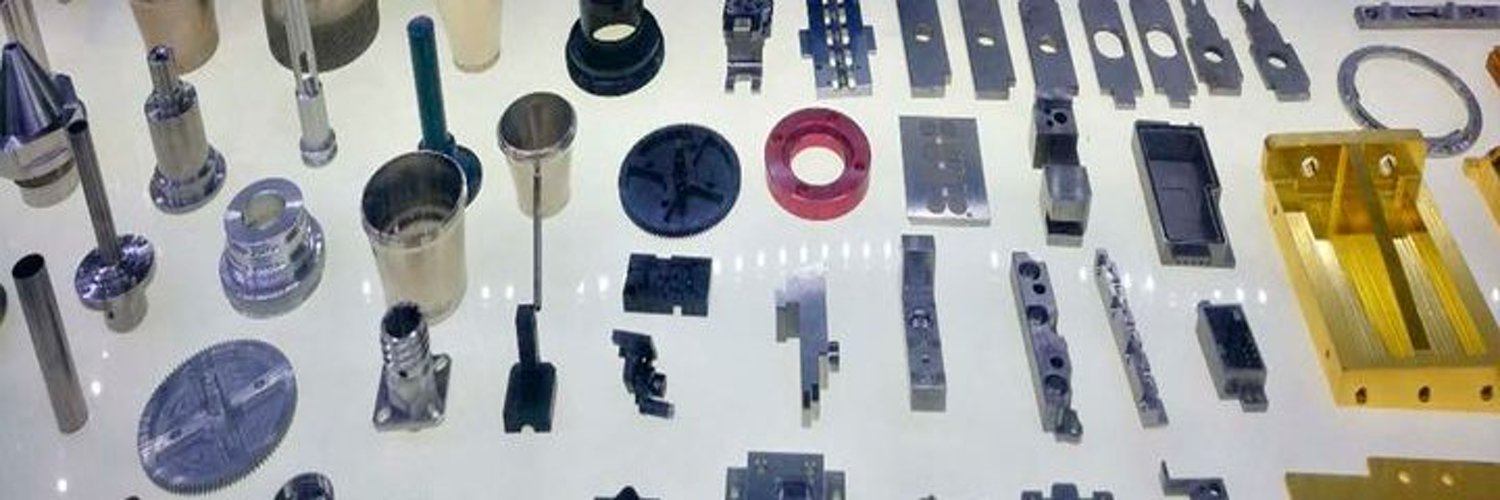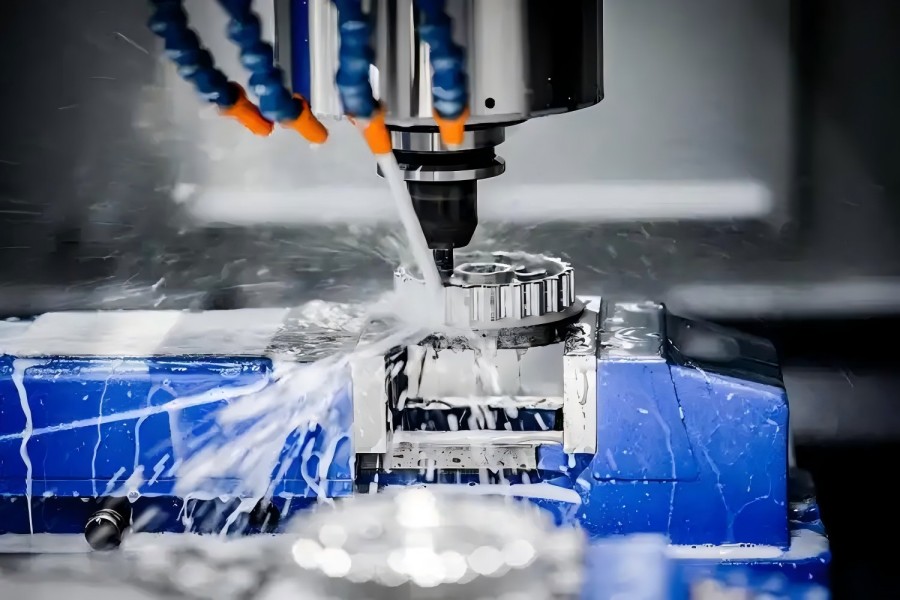News Categories
Contact Us
020-86988980
- Guangzhou Sinoth Import and Export Co., LTD
Tel: 020-8968-8980
Website:www.gzsynoth.com
Email: belinda@dginfa.com(24 hours online)
Phone: +86 189 2740 6786
Address: No 5, Jinshi Three Street, Shiling Town, Huadu District,Guangzhou City, Guangdong Province
News
Current Location:Home > News > News
Aluminum anodizing dyeing black tips and common bad solutions
Add Time:2025-03-28
1. Control of anodic oxidation process conditions
1, the relationship between the temperature and voltage of the solution
The lower the temperature of the solution within the rated range, the higher the required voltage should be, because the oxidation film generation rate is slower when the solution temperature is lower, and the film layer is relatively dense. In order to obtain a certain thickness of the oxide film, the anodic oxidation process needs to increase the voltage. When the temperature of the solution is high, the dissolution rate of the oxide film increases, and the resulting oxide film is loose, and the quality of the oxide film can be improved by reducing the voltage.
2, the relationship between the temperature and time of anodic oxidation solution
The lower the temperature of the solution, the longer the anodizing time required. Because the formation rate of oxide film is slow when the solution temperature is low. When the temperature of the solution is increased, the formation rate of oxide film is accelerated. At this time, the anodic oxidation time should be shortened, otherwise the outer resistance of the oxide film will increase, resulting in the dissolution of the film layer, the change of the workpiece size, and the phenomenon of rough surface. The above measures are only emergency measures taken under the condition that there is neither cooling equipment nor heating equipment.
Second, the formulation and preparation process of the black dyeing solution
1. Formula and process conditions
Acid gross ATT20 ~ 30g/L
Acid blue 2 ~ 3g/L
Temperature 50 ~ 70℃
Duration 10 to 15 minutes
PH 3 to 3.5 (or 4.5 to 5.5)
2. Preparation method
First of all, boil the solution to promote the dye to dissolve completely and ensure that there is no knot. After the solution is cooled, filter it with filter paper to filter out the insoluble particles and the oily substances floating on the liquid surface. Finally, the pH value is measured and adjusted to process requirements with cold acetic acid or ammonia.
Third, dyeing process should be noted
1. Wash the workpiece before strengthening dyeing
After it is removed from the anodic oxidation tank, it should be fully washed, especially at the slit and blind hole of the workpiece, otherwise the residual acid and alkali will slowly flow out during the dyeing process, so that the pH value of the dyeing solution deviates from the normal range, and the color of the surface of the residual acid and alkali part is significantly different from the clean part, and even corrodes the oxide film and shows white.
2. Stain immediately after anodizing
The workpiece should be dyed immediately after anodizing. If the workpiece is exposed to the air for too long after anodizing, the pores of the film layer will shrink and may be stained with dirt, resulting in dyeing difficulties. If the dyeing tank is too small, the dyeing part should be soaked in clean water when dyeing in batches.
3. The workpiece cannot be overlapped when dyeing
The workpiece cannot be overlapped when dyeing, especially the plane part, otherwise the Yin and Yang surface will be formed due to the overlapping part being covered.
4. Strengthen washing after dyeing
If the surface of the workpiece is not rinsed, residual pigments will contaminate the assembly.
Fourth, cleaning work precautions
1. Remove the workpiece carefully
When removing the fixture, prevent the workpiece from being scratched, otherwise there will be a white mark, the fixture should be loosened to let the workpiece fall off freely, and the workpiece must not be pulled hard before the fixture is loosened.
2. Workpiece drying method
First, the water in the workpiece hole is thrown off to avoid residual water pollution on the surface of the workpiece. The drying method is better to towel dry, and the surface frosting caused by aluminum material or operating process problems can also be wiped together.
3. Packaging requirements
Use soft, clean paper for packaging, and pack one by one to avoid rubbing each other.
5. Maintenance and maintenance of dyed black solution
The maintenance and maintenance of the black solution is mainly to maintain the pH value of the solution.
Acid ATT dyes are composed of acid blue-black 10B and acid orange Ⅱ with different diffusion properties.
When the pH value of the dyeing solution is in the range of 5 ~ 6 or 3 ~ 3.5, the absorption effect of acid orange II and acid blue black 10B is better, and the amount of absorption by the oxide film is also large, the amount of two dyes in the film layer meets the ratio requirements, and the color obtained is normal black.
When the pH value is about 4, the effect of the oxide film to absorb acid orange II increases, and the absorption amount naturally increases, and the acid orange II in the film layer is greater than the normal ratio, so the color appears red.
When the pH value returns to the range of 3 ~ 3.5 or 5 ~ 5.5, the amount of acid orange II absorption of the oxide film will fall back, and the dyed workpiece is normal black, therefore, the accurate control of the pH value of the black dye is very important.
6. Fault handling in aluminum anodizing and blackening process
1. Preface
A new aluminum anodizing black dyeing production line in an electroplating factory has many quality problems. If the color of the workpiece is deep and light, there is black in green, there is black in red, there is black in white, there is gray and black mixed and so on. After careful identification, the author quickly found out the cause of the fault and put forward the solution. Now it is sorted out as follows, the error of the general peer criticism and correction.
2. Fault cause analysis and solution
2.1 Color black in green%
1, the relationship between the temperature and voltage of the solution
The lower the temperature of the solution within the rated range, the higher the required voltage should be, because the oxidation film generation rate is slower when the solution temperature is lower, and the film layer is relatively dense. In order to obtain a certain thickness of the oxide film, the anodic oxidation process needs to increase the voltage. When the temperature of the solution is high, the dissolution rate of the oxide film increases, and the resulting oxide film is loose, and the quality of the oxide film can be improved by reducing the voltage.
2, the relationship between the temperature and time of anodic oxidation solution
The lower the temperature of the solution, the longer the anodizing time required. Because the formation rate of oxide film is slow when the solution temperature is low. When the temperature of the solution is increased, the formation rate of oxide film is accelerated. At this time, the anodic oxidation time should be shortened, otherwise the outer resistance of the oxide film will increase, resulting in the dissolution of the film layer, the change of the workpiece size, and the phenomenon of rough surface. The above measures are only emergency measures taken under the condition that there is neither cooling equipment nor heating equipment.
Second, the formulation and preparation process of the black dyeing solution
1. Formula and process conditions
Acid gross ATT20 ~ 30g/L
Acid blue 2 ~ 3g/L
Temperature 50 ~ 70℃
Duration 10 to 15 minutes
PH 3 to 3.5 (or 4.5 to 5.5)
2. Preparation method
First of all, boil the solution to promote the dye to dissolve completely and ensure that there is no knot. After the solution is cooled, filter it with filter paper to filter out the insoluble particles and the oily substances floating on the liquid surface. Finally, the pH value is measured and adjusted to process requirements with cold acetic acid or ammonia.
Third, dyeing process should be noted
1. Wash the workpiece before strengthening dyeing
After it is removed from the anodic oxidation tank, it should be fully washed, especially at the slit and blind hole of the workpiece, otherwise the residual acid and alkali will slowly flow out during the dyeing process, so that the pH value of the dyeing solution deviates from the normal range, and the color of the surface of the residual acid and alkali part is significantly different from the clean part, and even corrodes the oxide film and shows white.
2. Stain immediately after anodizing
The workpiece should be dyed immediately after anodizing. If the workpiece is exposed to the air for too long after anodizing, the pores of the film layer will shrink and may be stained with dirt, resulting in dyeing difficulties. If the dyeing tank is too small, the dyeing part should be soaked in clean water when dyeing in batches.
3. The workpiece cannot be overlapped when dyeing
The workpiece cannot be overlapped when dyeing, especially the plane part, otherwise the Yin and Yang surface will be formed due to the overlapping part being covered.
4. Strengthen washing after dyeing
If the surface of the workpiece is not rinsed, residual pigments will contaminate the assembly.
Fourth, cleaning work precautions
1. Remove the workpiece carefully
When removing the fixture, prevent the workpiece from being scratched, otherwise there will be a white mark, the fixture should be loosened to let the workpiece fall off freely, and the workpiece must not be pulled hard before the fixture is loosened.
2. Workpiece drying method
First, the water in the workpiece hole is thrown off to avoid residual water pollution on the surface of the workpiece. The drying method is better to towel dry, and the surface frosting caused by aluminum material or operating process problems can also be wiped together.
3. Packaging requirements
Use soft, clean paper for packaging, and pack one by one to avoid rubbing each other.
5. Maintenance and maintenance of dyed black solution
The maintenance and maintenance of the black solution is mainly to maintain the pH value of the solution.
Acid ATT dyes are composed of acid blue-black 10B and acid orange Ⅱ with different diffusion properties.
When the pH value of the dyeing solution is in the range of 5 ~ 6 or 3 ~ 3.5, the absorption effect of acid orange II and acid blue black 10B is better, and the amount of absorption by the oxide film is also large, the amount of two dyes in the film layer meets the ratio requirements, and the color obtained is normal black.
When the pH value is about 4, the effect of the oxide film to absorb acid orange II increases, and the absorption amount naturally increases, and the acid orange II in the film layer is greater than the normal ratio, so the color appears red.
When the pH value returns to the range of 3 ~ 3.5 or 5 ~ 5.5, the amount of acid orange II absorption of the oxide film will fall back, and the dyed workpiece is normal black, therefore, the accurate control of the pH value of the black dye is very important.
6. Fault handling in aluminum anodizing and blackening process
1. Preface
A new aluminum anodizing black dyeing production line in an electroplating factory has many quality problems. If the color of the workpiece is deep and light, there is black in green, there is black in red, there is black in white, there is gray and black mixed and so on. After careful identification, the author quickly found out the cause of the fault and put forward the solution. Now it is sorted out as follows, the error of the general peer criticism and correction.
2. Fault cause analysis and solution
2.1 Color black in green%
Previous : What are Wacker silicones?



